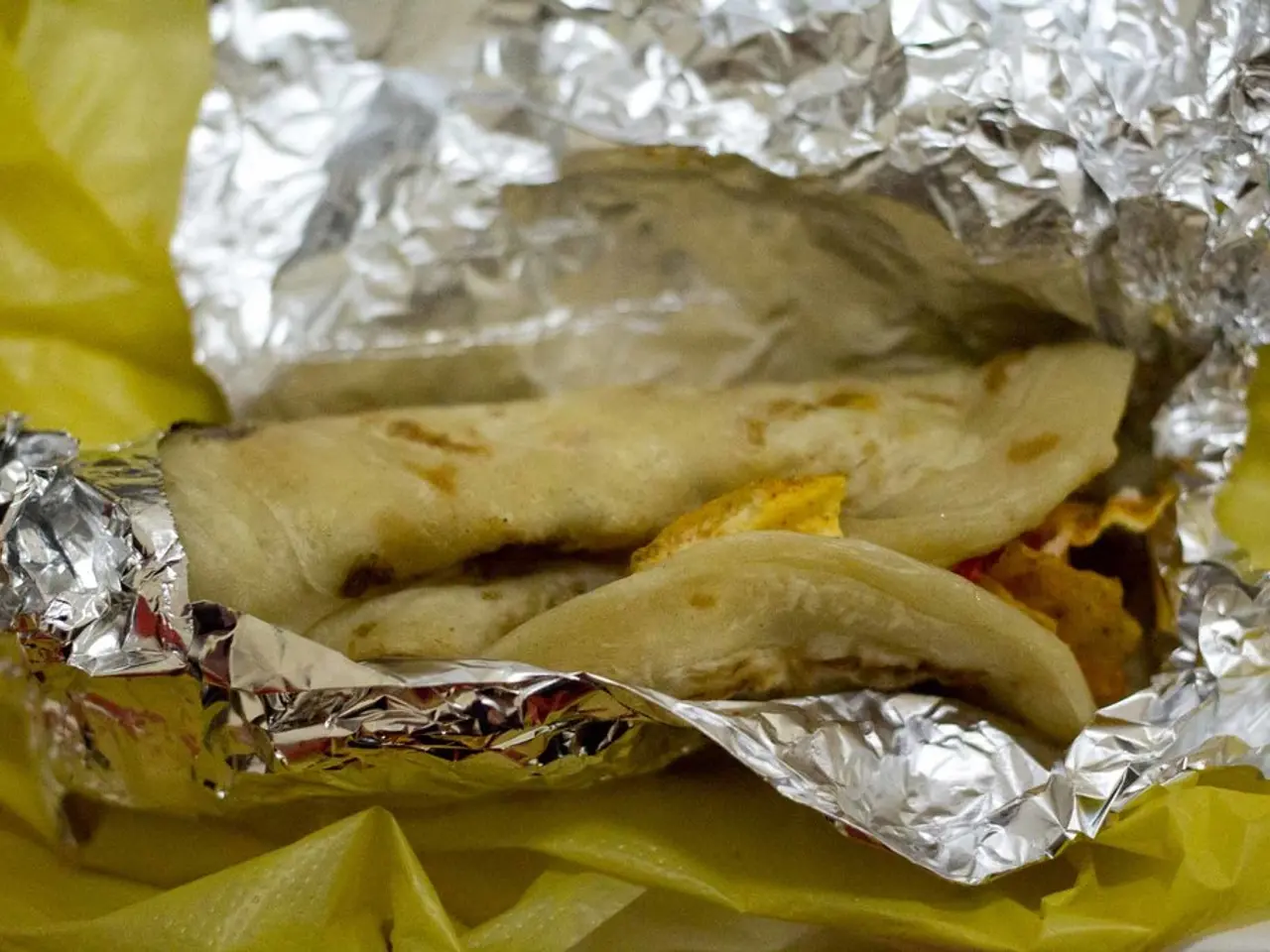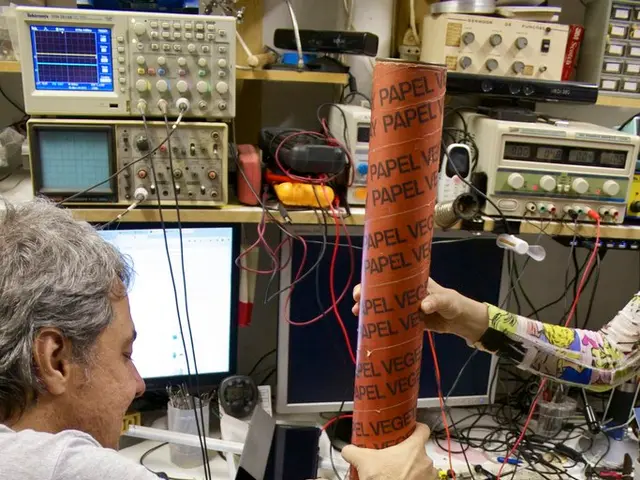Chamba Rumal: A Marvel of Hand-Stitched Embroidery Artistry
In the picturesque state of Chamba, nestled amidst the Himalayan foothills, lies a rich artistic heritage that has captivated the world for centuries - the Chamba Rumal Embroidery. This intricate and exquisite form of embroidery, dating back to the 17th century, holds deep cultural, traditional, and economic significance in the region.
Historically, the Chamba Rumal was primarily promoted by the women of the Chamba royal family and was used for ceremonial purposes such as temple offerings and dowries. Its detailed needlework has been historically connected to the royal heritage and local customs of Chamba, making it an important symbol of the region's artistic identity and cultural heritage.
Culturally, each Chamba Rumal is unique, reflecting the region's vibrant culture, tradition, and history. The paintings on these embroidered handkerchiefs depict various gods like Lord Krishna & Radha, Brahma, Vishnu, and Mahesh, as well as motifs of animals, birds, and trees. The use of floral patterns and bright colors is common, making them more attractive and eye-catching.
Economically, the Chamba Rumal has played a significant role in supporting women artisans and families through its role in dowries and ceremonial gifting. Although it was once a dying art, efforts to revive and promote Chamba Rumal have helped sustain this heritage craft, thereby providing economic opportunities for local women artisans in the region. The artisanal embroidery is often part of the local craft economy, attracting interest from collectors and cultural enthusiasts, which supports livelihoods based on traditional skills.
Promoting Chamba Rumal embroidery by making it more noticeable and accessible to tourists can boost the local economy. By combining tourism with handicrafts, there is a potential for significant economic growth for the region. Tourists can learn about the craft's history, watch artisans at work, and even purchase these unique pieces to take home.
In summary, the Chamba Rumal embroidery is a culturally rich tradition that bridges the past royal patronage with present-day economic sustenance for artisans. It is a vital part of Chamba’s heritage and economy, and efforts to promote and preserve this art form will not only help sustain its rich cultural heritage but also contribute to the region's economic growth.
[1] Cultural Heritage of India – Chamba Rumal Embroidery. (n.d.). Retrieved from https://www.indianheritageportal.org/cultural-heritage-of-india-chamba-rumal-embroidery/
[2] Chamba Rumal Embroidery. (n.d.). Retrieved from https://www.craftsofindia.org/crafts/chamba-rumal-embroidery
[3] Chamba Rumal Embroidery. (n.d.). Retrieved from https://www.tourmyindia.com/art-culture/chamba-rumal-embroidery.htm
[4] Chamba Rumal Embroidery: A Dying Art Form Revived. (2018, August 25). Retrieved from https://www.thebetterindia.com/123947/chamba-rumal-embroidery-chamba-revival-handicrafts-tourism/
- The Chamba Rumal Embroidery, a vital part of Chamba's cultural heritage, has historically connected fashion-and-beauty, education-and-self-development, and learning, as it offers tourists an opportunity to learn about the craft's history and appreciate its intricate needlemanship.
- As Chamba Rumal is promoted economically through tourism and handicrafts, it not only preserves and showcases the region's home-and-garden and lifestyle traditions but also provides economic opportunities for local artisans, emphasizing the importance of this unique art form in the broader context of the education-and-self-development sector.






